Under Washington's directive: Seoul and Tokyo target Azerbaijan Caliber.Az exclusive
On September 8, Armenian Defense Minister Suren Papikyan embarked on a working visit to South Korea. This visit follows a similar trip by Armenian Security Council Secretary Armen Grigoryan, who was in Seoul on September 6 for a series of meetings.
According to official information, during his visit, Papikyan participated in the opening ceremony of the Responsible AI in the Military Domain (REAIM) summit on September 9. Organized by the defense and foreign ministries of South Korea, the Netherlands, the United Kingdom, Singapore, and Kenya, the summit aimed to initiate international frameworks for regulating the use of artificial intelligence in military technologies and combat operations.
Furthermore, on September 10, Papikyan attended a ministerial working lunch and discussions. He engaged in talks with South Korean Defense Minister Shin Won-sik, South Korean Foreign Minister Cho Tae-yul, Singaporean Defense Minister Ng Eng Hen, Finnish Defense Minister Antti Häkkänen, and other experts participating in the event. The discussions covered issues related to international and regional security challenges and the development of bilateral and multilateral relations.
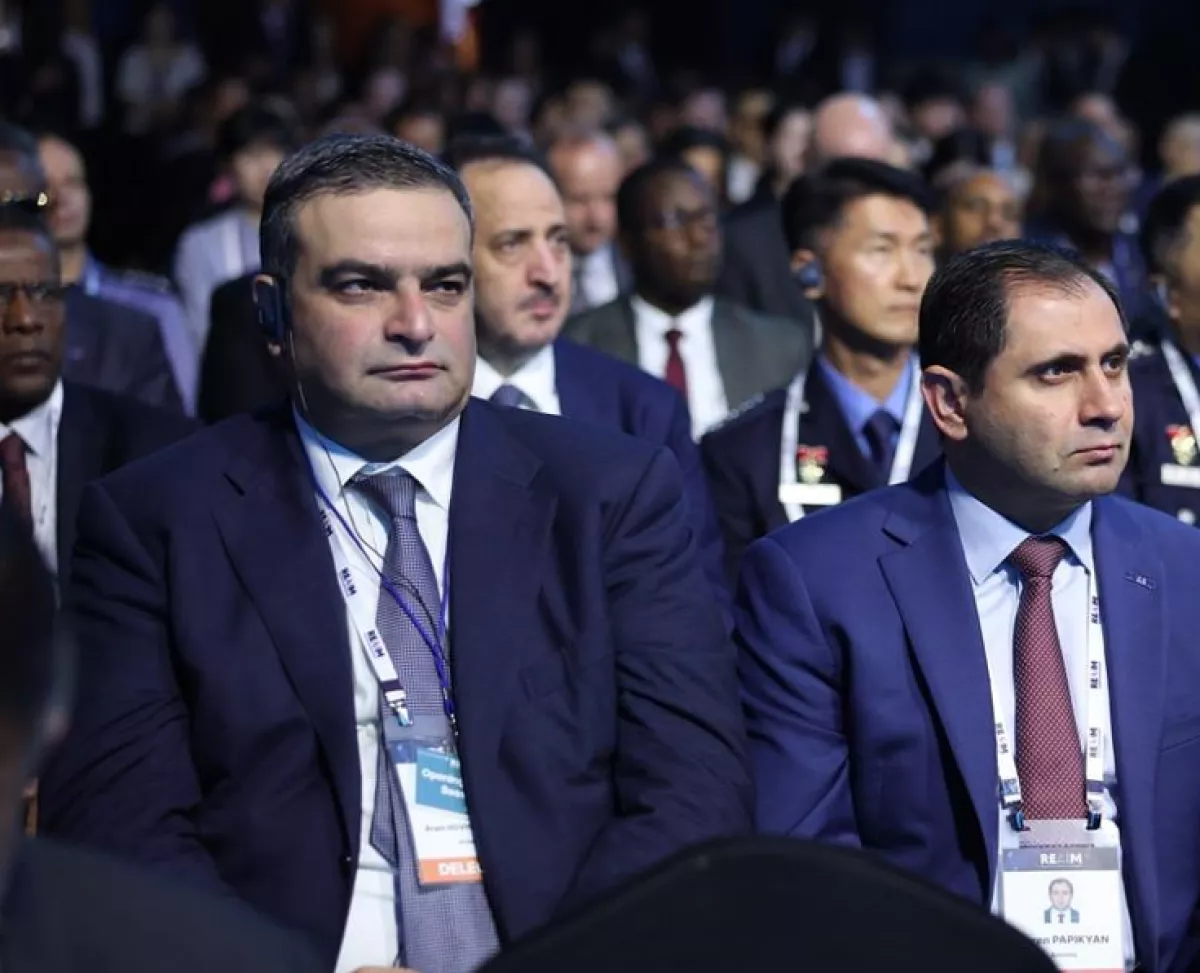
However, this is just the surface of Papikyan's visit to South Korea. According to reliable sources, Caliber.Az has learned that negotiations in Seoul led to an agreement on supplying South Korean weapons to Armenia. Specifically, discussions included the potential purchase of tanks, such as the K1 or even the K2 Black Panther, along with other types of weaponry. Notably, the K2 Black Panther is the primary battle tank of the South Korean military, developed by the Agency for Defense Development (ADD) and Hyundai Rotem, a subsidiary of Hyundai Motors.
But South Korea is not the only focus. Our sources indicate that Japan may also be on Armenia's radar. An Armenian delegation is currently in Japan to discuss arms procurement.
At first glance, Yerevan's negotiations with Seoul and potentially with Tokyo over arms supplies might seem surprising. Azerbaijan has strong bilateral ties with both South Korea and Japan, particularly in the economic sphere. For instance, trade between Azerbaijan and South Korea reached $430 million last year, compared to $193.5 million in trade between Yerevan and Seoul. Furthermore, political relations are also developing actively. For example, South Korean President Yoon Suk-yeol sent a congratulatory message to Azerbaijani President Ilham Aliyev upon his election earlier this year, noting: “Over the years, our two countries have developed strong and cooperative relations across various domains since establishing diplomatic ties in 1992. I am particularly pleased to witness the recent advancements in collaboration, especially in energy, infrastructure, healthcare, and smart farming.” He expressed confidence that, through the joint efforts of the leaders of both countries, relations between Baku and Seoul will continue to grow even further.
The same applies to Japan—last year, trade between our countries increased by 49% compared to 2022, reaching $452 million (for comparison, trade between Japan and Armenia was $297.4 million from January to September 2023). Additionally, Baku has invited Japanese companies to participate in the implementation of the “smart city” and “smart village” concepts in the areas of the Karabakh economic region that were liberated from Armenian occupation.
However, as noted earlier, Yerevan's negotiations with Seoul and potentially with Tokyo over arms supplies might seem surprising at first. Considering the international positioning of South Korea and Japan, this surprise might be lessened, as both countries are fully dependent on the United States for their security.
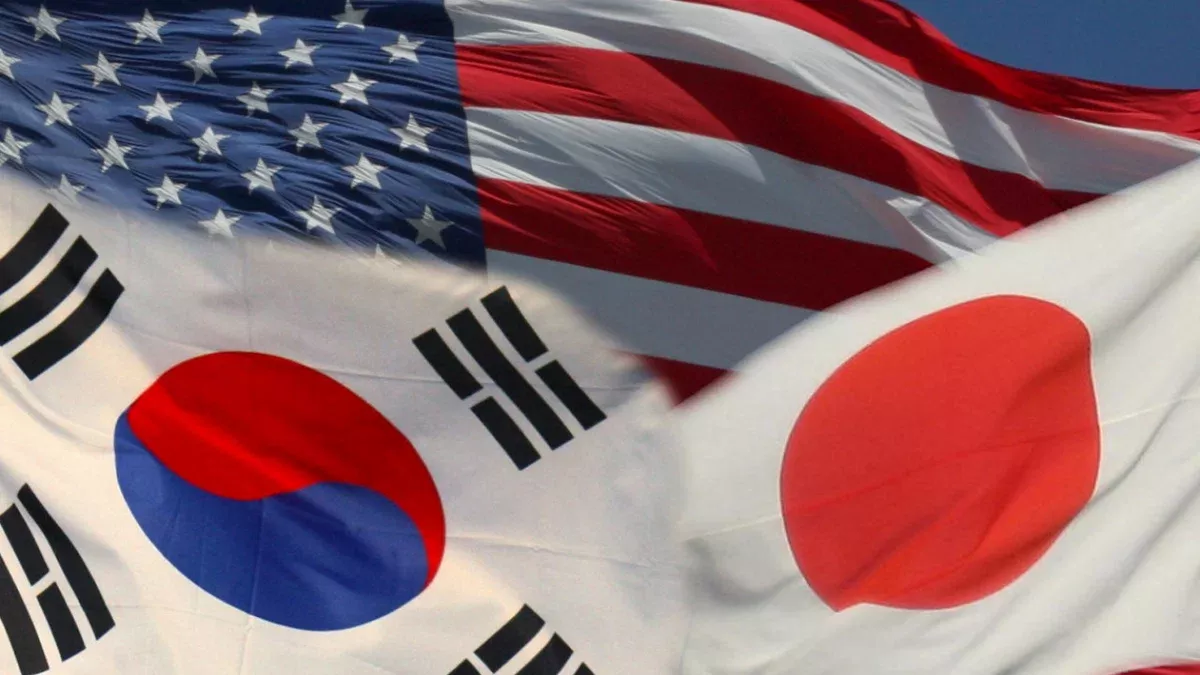
They are not just allies of Washington in the Asia-Pacific region but also its satellites. Despite their capability to independently produce a wide range of weapons and equipment, both countries' defense industries are closely linked with the American one. Some South Korean and Japanese weapons are produced under American licenses and with American technologies. Here are examples of weapons produced or being produced in South Korea under American licenses and technologies:
1. K1 Tank: South Korea's defense industry has long relied on US assistance. In 1979, a contract was signed with Chrysler to develop a main battle tank specifically for Korea. By 1982, the contract had transferred to General Dynamics. The design incorporated various elements from existing American tanks, which significantly expedited development. Serial production of the K1 began in 1985 at South Korea's Hyundai facilities. The American influence is evident in its resemblance to the M1 Abrams.
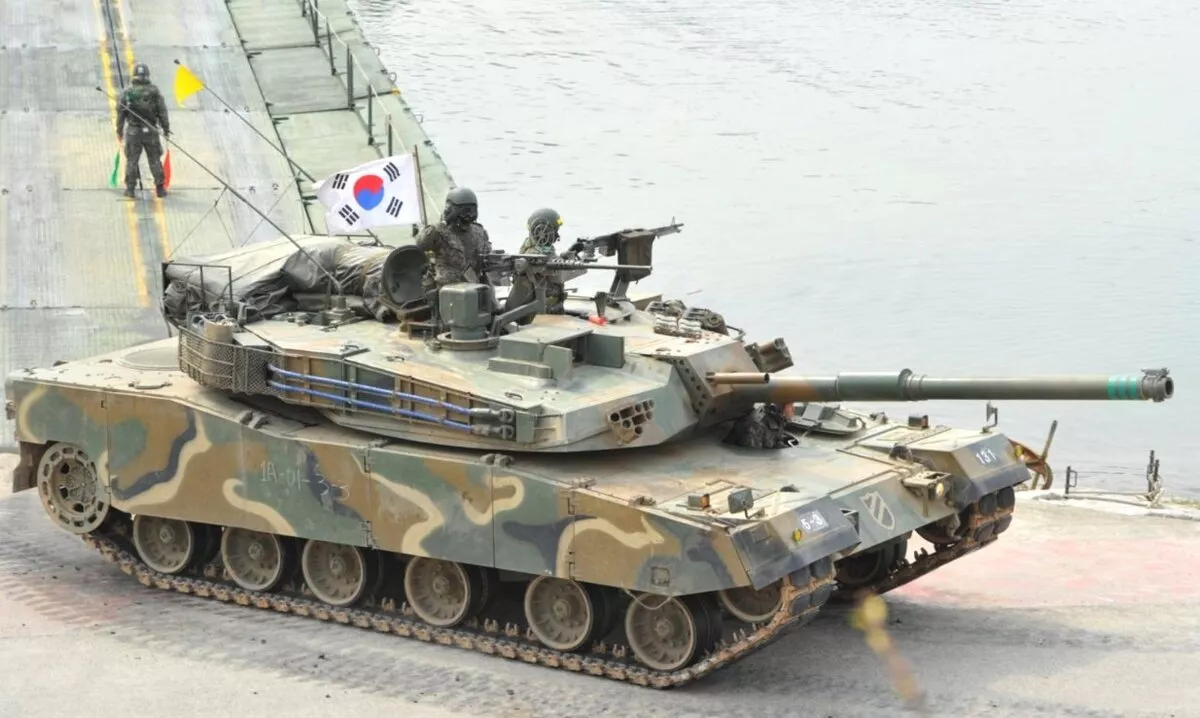
K1 Tank
2. K55 Self-Propelled Howitzer: Based on the American M109 howitzer, the K55 is produced in South Korea under license by Hanwha Defense. This system is used to provide artillery support.
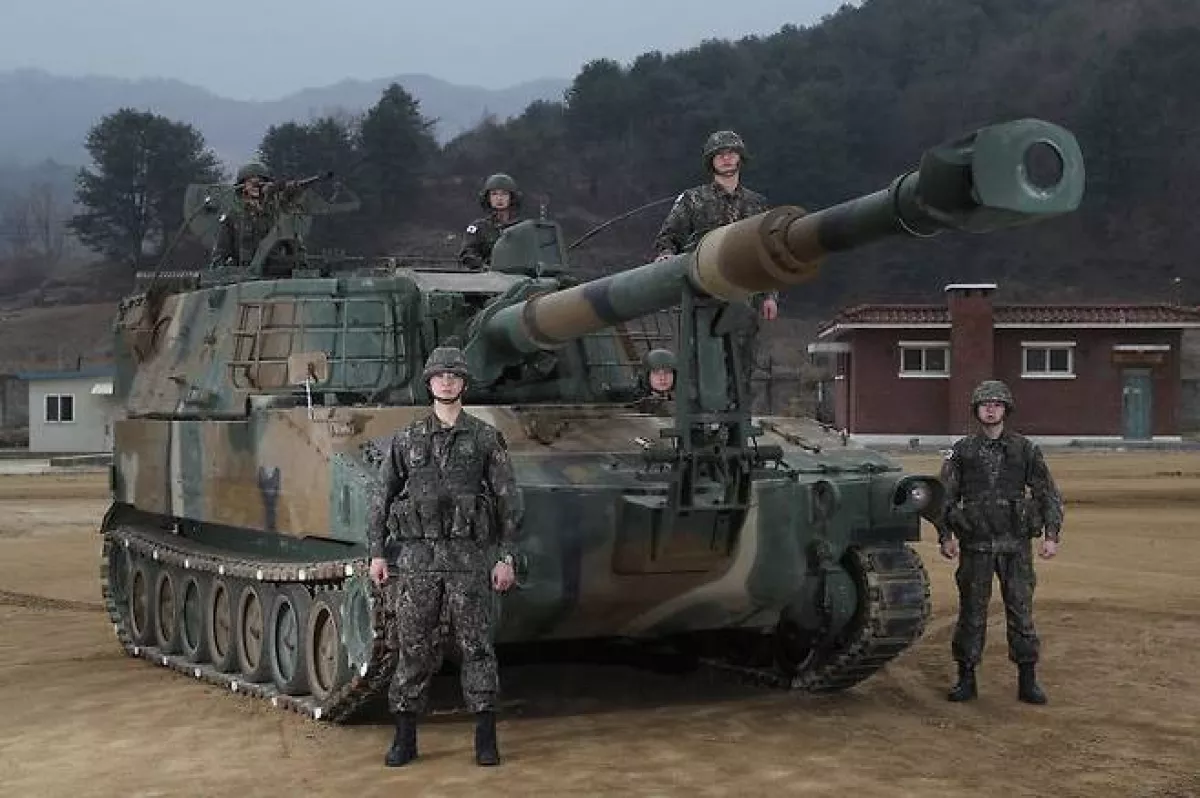
K55 Self-Propelled Howitzer
3. UH-60 Black Hawk Helicopter: Produced in South Korea under US license, the UH-60 Black Hawk is used for both military and civilian purposes. The production is managed by Korean Aerospace Industries.
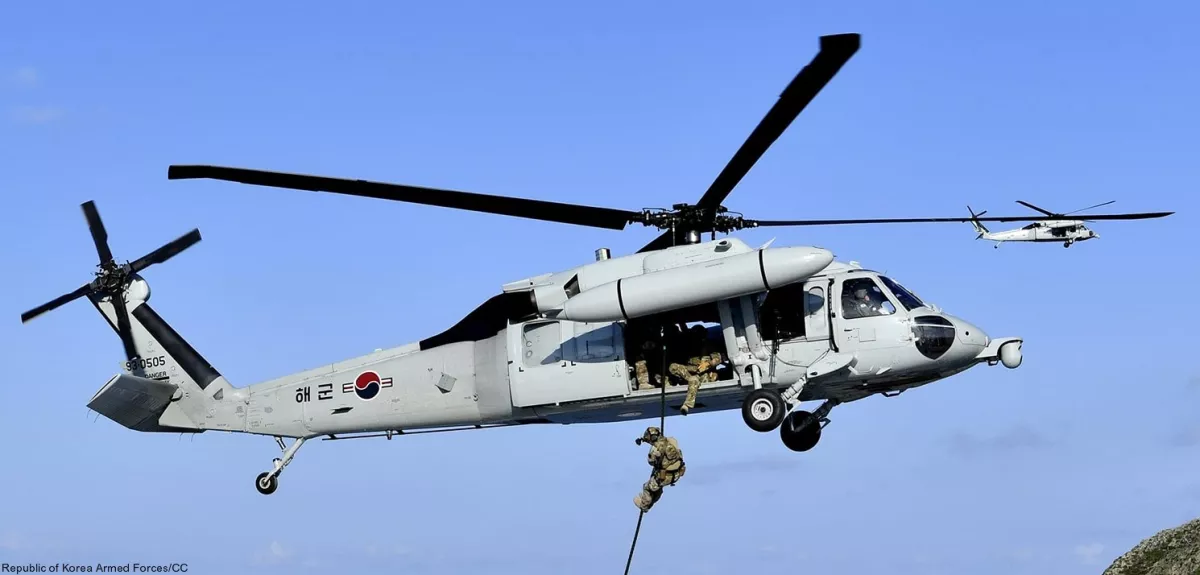
UH-60 Black Hawk Helicopter
By the way, regarding the K2 Black Panther tank—its production does not involve direct use of American systems or licenses.
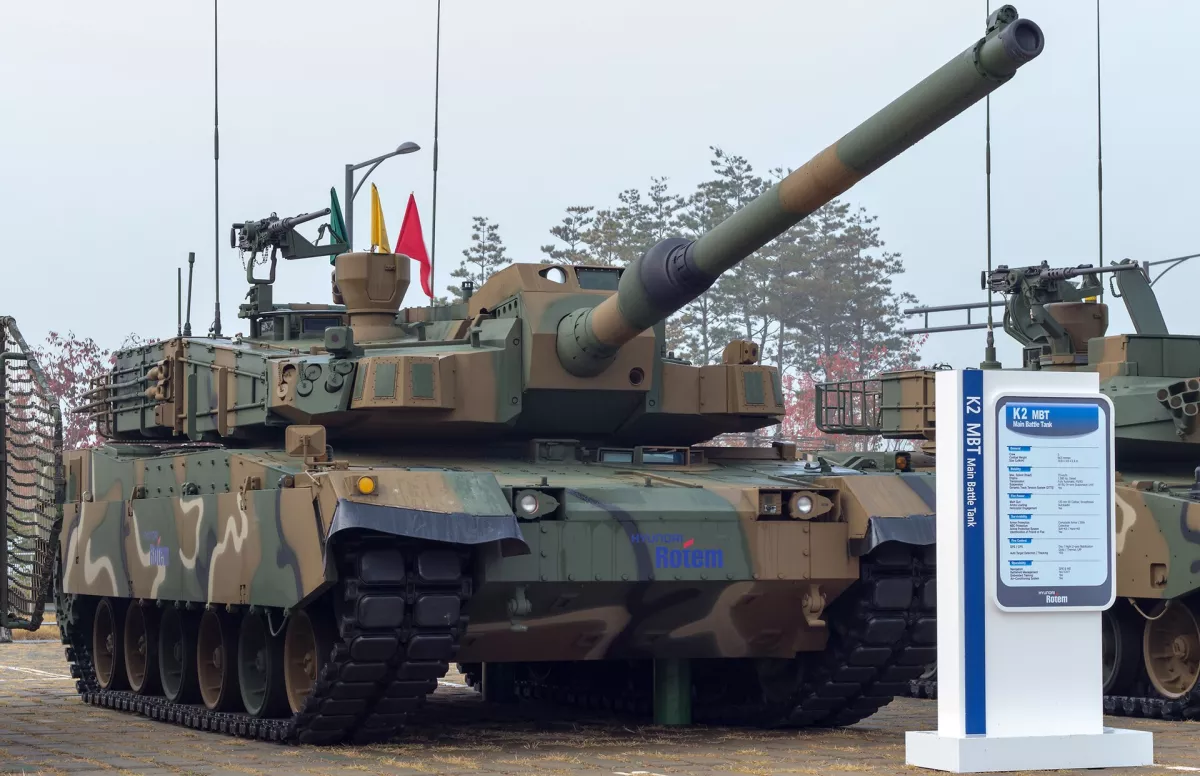
K2 Black Panther Tank
However, the K2 does include key components, such as the engine and transmission, which were originally German (MTU and Renk), and the main armament is a 120mm gun developed by Rheinmetall. Rheinmetall AG is a German defense and automotive company specializing in military technology and armaments. Notably, Rheinmetall AG has a significant portion of foreign investors, including American funds. Recent data shows that up to 40% of the company’s shares are held by North American institutional investors. This indicates a substantial American financial presence in the company’s capital, although Rheinmetall remains a German public company.
As for Japan, it also produces various types of weaponry under US licenses and technologies. Here are some key examples:
1. PAC-3 Patriot Missiles: Produced under license from American companies Raytheon and Lockheed Martin by Mitsubishi Heavy Industries. These missiles are a critical component of Japan's missile defense system and are actively exported to the US under bilateral agreements.
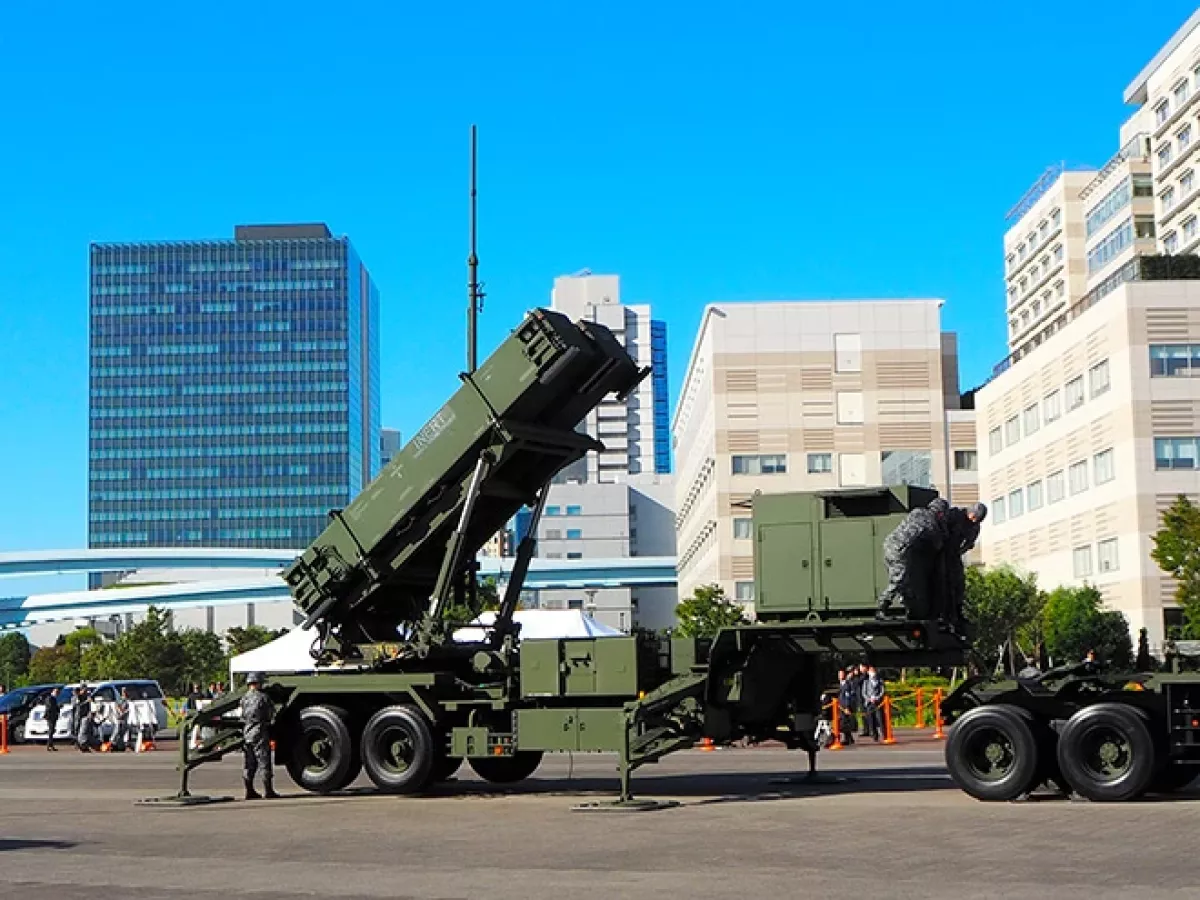
PAC-3 Patriot Missiles
2. SH-60K Multi-Role Helicopter: Manufactured by Mitsubishi Heavy Industries under license from American company Sikorsky. This helicopter is used for anti-submarine warfare and other tasks by the Japan Maritime Self-Defense Force.
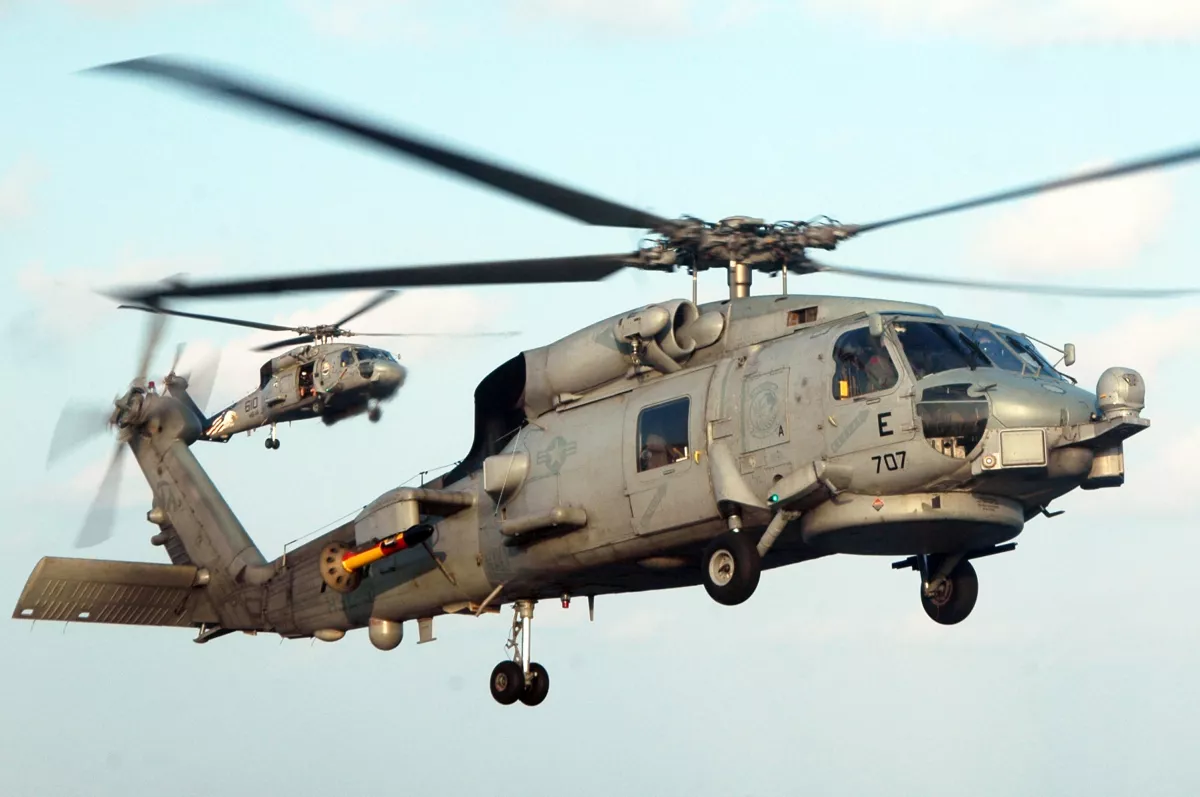
SH-60K Multi-Role Helicopter
3. F-2 Fighter: A modified version of the American F-16, developed in collaboration with Lockheed Martin. Production and assembly take place in Japan, utilizing both Japanese and American technologies.

F-2 Fighter
In summary, these examples illustrate that both South Korea and Japan have traditionally engaged in licensed production of certain American military equipment.
Thus, in the case of Armenia, we are witnessing a traditional US strategy—acting through its allies rather than directly involving itself. There should be no doubt that behind the South Korean and Japanese arms deals with Armenia is Washington. Such actions align clearly with the Brussels agreements reached on April 5, 2024, following the Armenia-EU-US meeting involving Nikol Pashinyan, Ursula von der Leyen, and Antony Blinken.
Other related developments—including the withdrawal of Russian border guards from Zvartnots, joint US-Armenian military exercises, the deployment of US troops and equipment in Zangezur, more than doubling of US financial aid to Yerevan through USAID, and negotiations for South Korean and Japanese arms procurement—are derivatives of the Brussels negotiations. The US has set a clear goal of using Armenia as a foothold to expand its influence in the South Caucasus, including through militarization and escalation of tensions.

Caliber.Az has, of course, sought comments from the South Korean and Japanese embassies in Azerbaijan. Official inquiries were sent to these diplomatic missions requesting clarification of the information we received. Representatives from the Political Department of the South Korean Embassy assured us that they would respond to our inquiry. The Japanese Embassy acknowledged receipt of our request but noted that preparing a response would take several days. As of the publication of this article, we had not yet received substantive comments from either the South Korean or Japanese embassies regarding the rearmament of Armenia, which not only occupied Azerbaijani lands for 30 years but continues to maintain territorial claims at the constitutional level.








